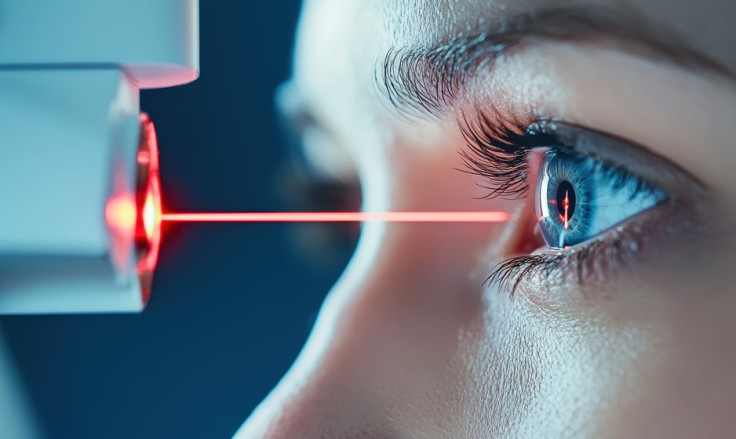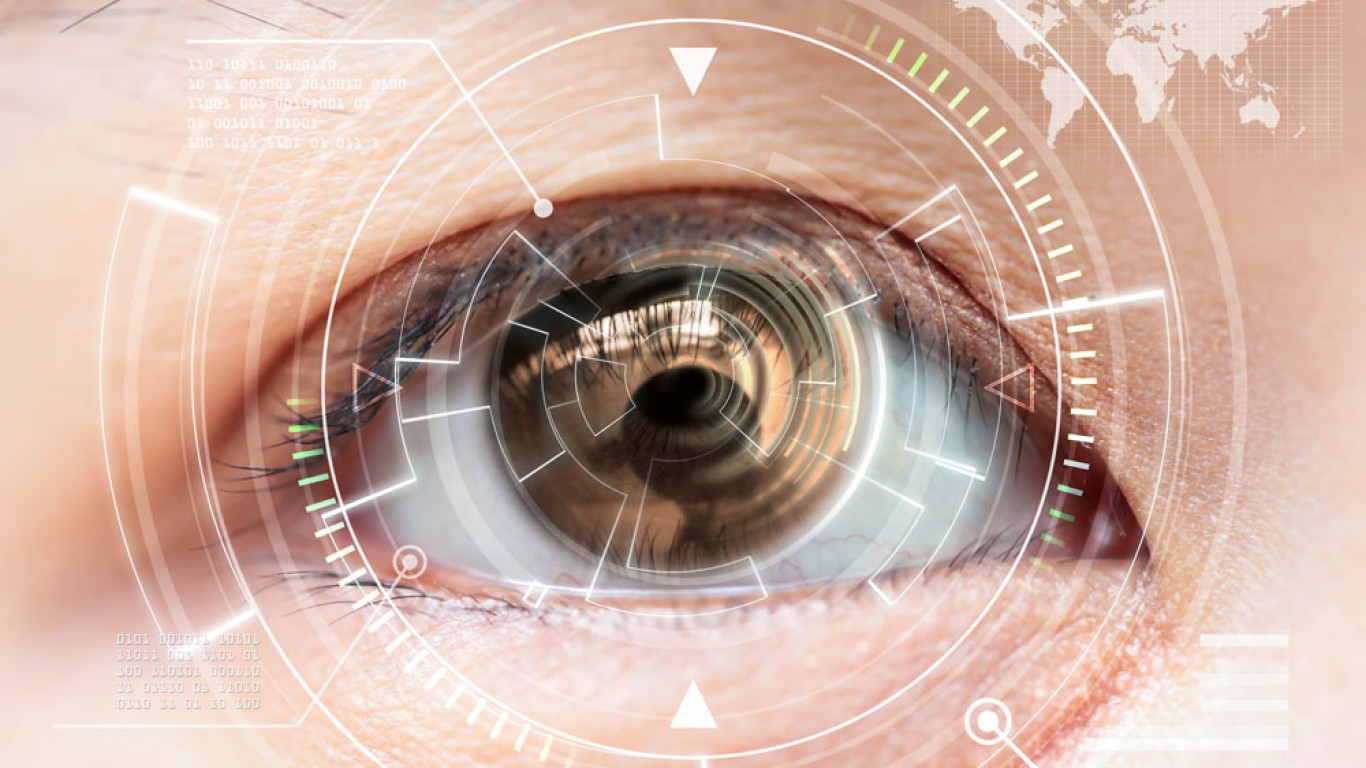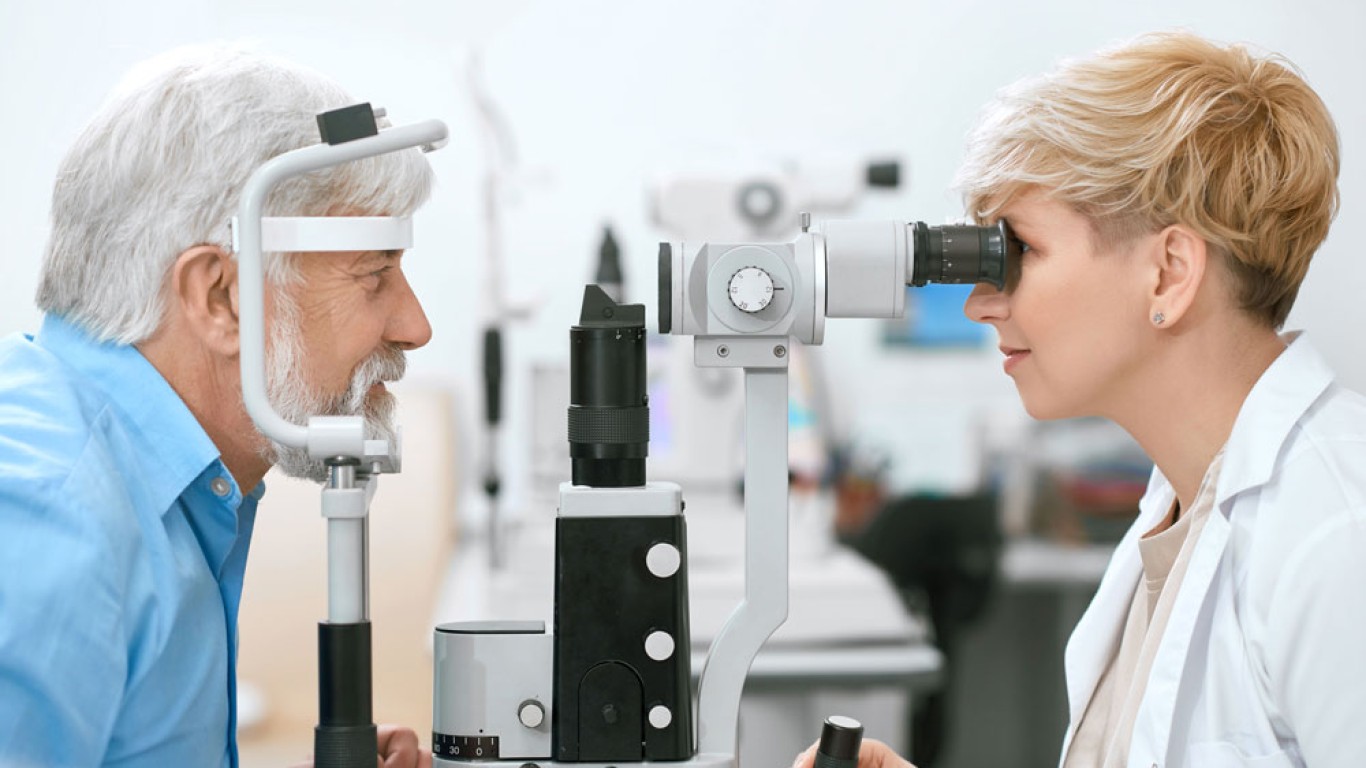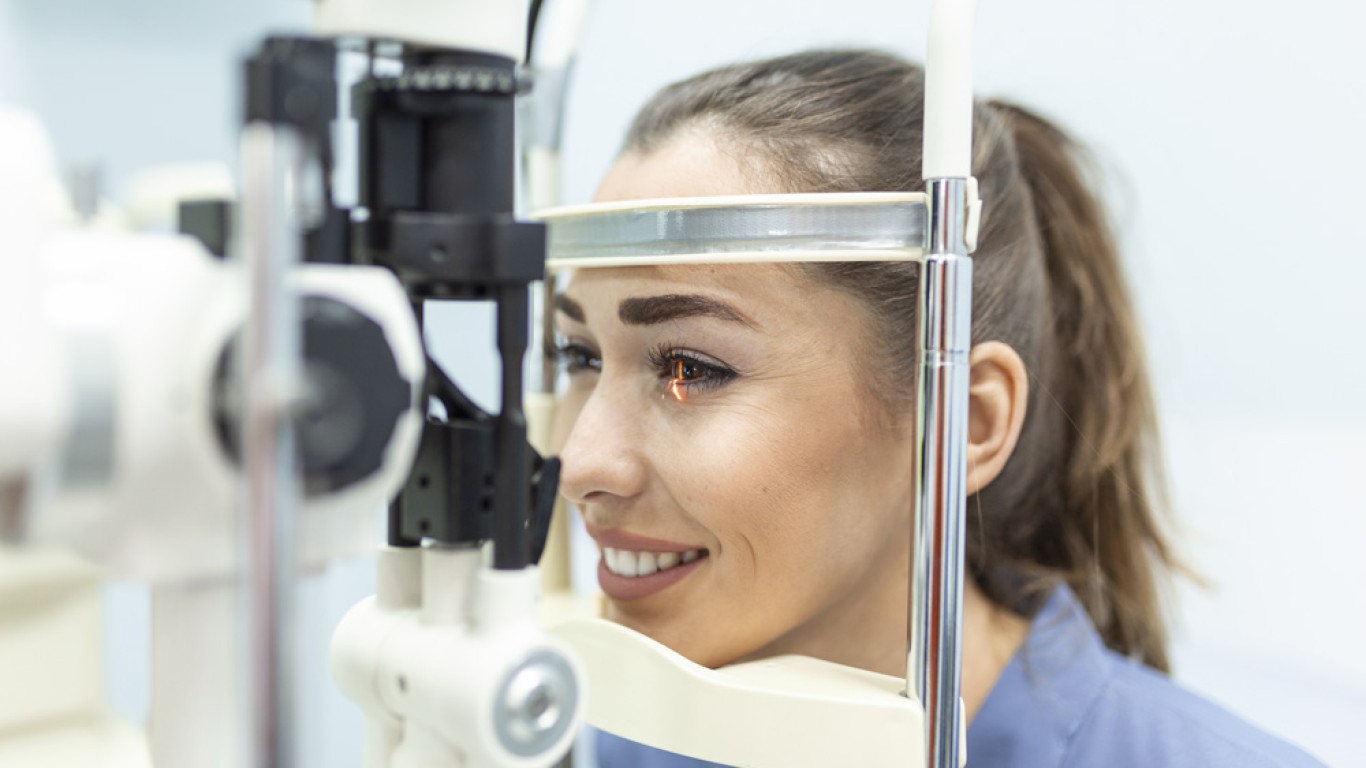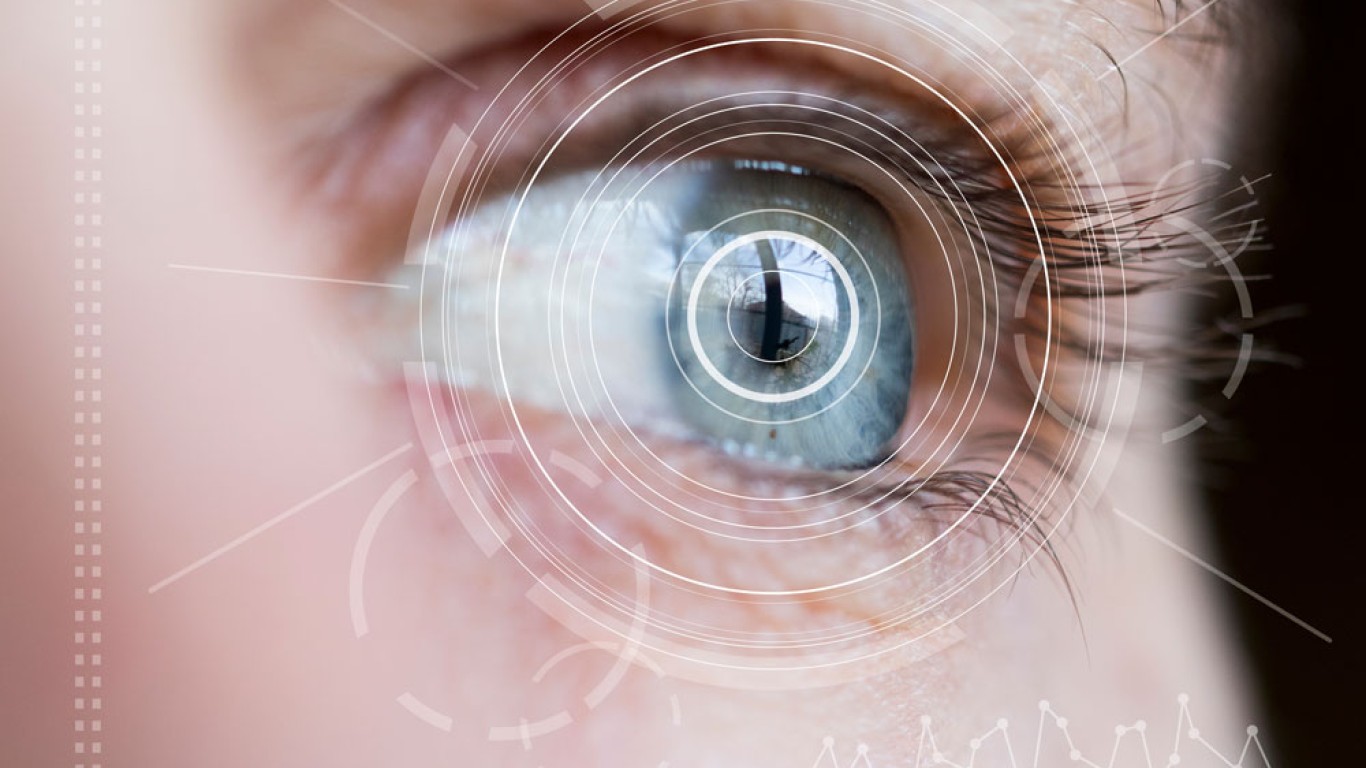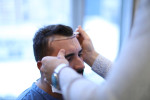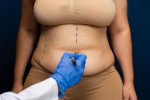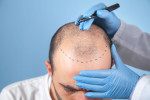Introduction
Photorefractive Keratectomy, known as PRK surgery, is a highly effective form of laser eye treatment. It was actually the first type of laser eye surgery developed, before LASIK became widespread. PRK remains an ideal option for many, particularly those with thinner corneas or active lifestyles. While newer procedures often get more attention, PRK offers reliable results and long-term vision correction. If you're considering laser vision correction, understanding the benefits, process and recovery of PRK surgery is essential. This article breaks down all the key details in a clear and simple way.
What Is PRK Surgery and How Does It Work?
PRK surgery is a type of laser eye surgery designed to correct refractive errors. These include nearsightedness (myopia), farsightedness (hyperopia), and astigmatism. During the procedure, the outer layer of the cornea, called the epithelium, is gently removed. A precise laser reshapes the underlying corneal tissue to improve how light enters the eye.
Afterward, a special contact lens is placed over the eye. This helps to protect it while the epithelium regrows. This healing process takes a few days, but the long-term results are usually excellent. Because no corneal flap is created, the risk of flap complications is entirely avoided.
Who Is an Ideal Candidate for PRK Surgery?
PRK surgery is particularly suitable for people with thin or irregular corneas. These people may not qualify for LASIK. It’s also a good choice for those with active jobs or hobbies. This is because there’s no risk of flap displacement after surgery. Additionally, if you suffer from dry eyes, PRK might be better than LASIK. It may cause fewer dry eye symptoms long term. A detailed eye exam will help determine whether you're a strong candidate.
What to Expect Before PRK Surgery
Before your procedure, you’ll undergo a full consultation and eye examination. This includes measuring your prescription, checking corneal thickness, and testing for dry eyes. Your surgeon will also discuss your expectations and explain the process step by step. You’ll need to stop wearing contact lenses for several days or weeks. This will depend on the type. This helps ensure accurate measurements and successful results. You'll also be advised to arrange for transport home after the procedure, as your vision will be blurry initially.
Step-by-Step Breakdown of the PRK Surgery Procedure
PRK surgery typically takes less than 15 minutes per eye. First, numbing eye drops are applied to ensure comfort. Then, the surgeon gently removes the epithelium using a special brush, blade, or alcohol solution. Next, an excimer laser reshapes the corneal surface based on your unique vision correction needs. After the laser treatment, a soft bandage contact lens is placed over the eye. You'll rest for a short while before going home with post-operative instructions.
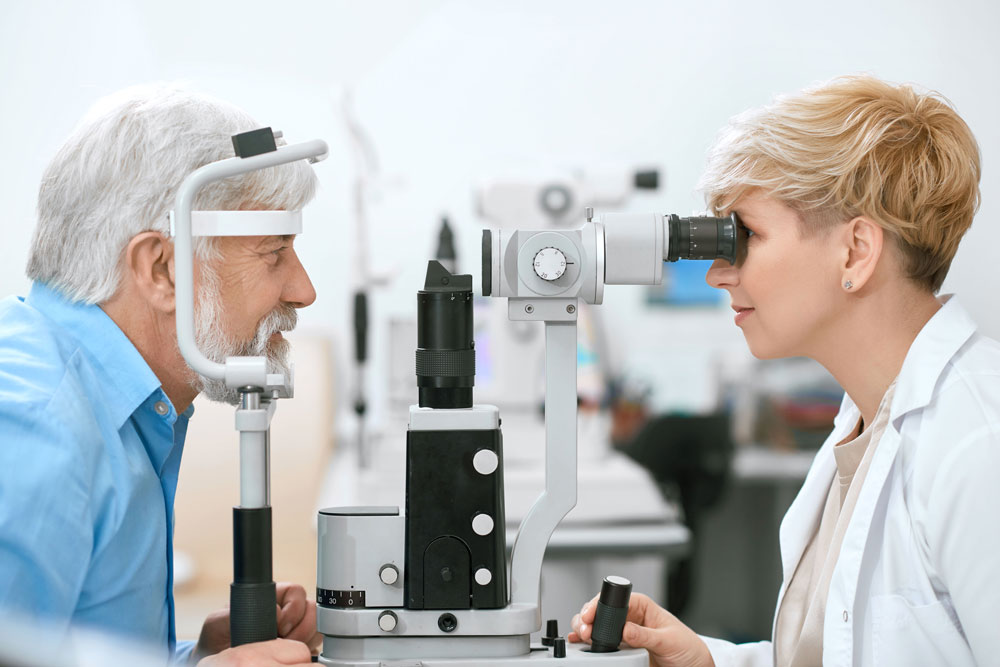
Recovery Timeline and What to Expect Afterward
PRK recovery is different from LASIK. Because the epithelium needs time to regrow, vision can be blurry for several days. You may also experience discomfort, light sensitivity or tearing during the first 3–5 days. However, discomfort is manageable with medication and eye drops. Vision gradually improves over one to two weeks. Most people return to normal routines within a week. Final visual outcomes often stabilise within one to three months.
How Long Do PRK Surgery Results Last?
The vision correction achieved through PRK surgery is long-lasting. Many people experience 20/20 vision or better after recovery. Once your cornea heals and the new shape stabilises, the effects are usually permanent. Although natural ageing changes may still occur in your 40s or later, the core improvement remains stable. Consequently, many patients feel PRK surgery offers outstanding long-term value and lifestyle benefits.
PRK Surgery vs LASIK: Which One Is Right for You?
Although both are laser eye surgeries, PRK and LASIK have key differences. PRK doesn’t involve creating a flap in the cornea. This makes it a better choice for people with thinner corneas or high-impact lifestyles. However, LASIK offers faster recovery and less discomfort in the early days. PRK recovery takes slightly longer but yields similar results in the long run. Your eye surgeon will guide you based on your eye structure, health and lifestyle needs.
Cost of PRK Surgery in Turkey and Abroad
PRK surgery is generally more affordable than LASIK, especially in medical tourism destinations like Turkey. Clinics in Istanbul and other cities offer high-quality services at competitive prices. Packages often include consultation, surgery, aftercare, accommodation and transfers. Despite lower costs, the standards in top clinics like ACIBADEM remain extremely high. Surgeons are internationally trained, and technology is advanced. Accordingly, many international patients choose Turkey for both affordability and excellence in care.
Why Choose ACIBADEM for PRK Surgery?
ACIBADEM is a trusted name in healthcare, offering advanced laser eye surgeries including PRK. With world-class facilities, expert ophthalmologists and English-speaking staff, the patient experience is smooth and supportive. Moreover, ACIBADEM’s international patient services team provides full guidance from consultation to follow-up. The personalised care ensures you feel confident and well-informed throughout your journey.
Conclusion
PRK surgery is a safe, effective, and lasting solution for people seeking laser vision correction. It remains an excellent choice for those with thin corneas or active lifestyles. Results are comparable to LASIK with a slightly longer recovery period. With expert care from trusted providers like ACIBADEM, patients can achieve life-changing visual clarity and freedom from glasses.
For more information and to book a consultation visit the ACIBADEM Beauty Center website.
Frequently Asked Questions
No. The procedure itself is painless, although mild discomfort may occur during the first few days.
Initial recovery takes 3–5 days, while full visual clarity may take up to three months.
Not immediately. You should arrange transport home and wait until your vision stabilises before driving.
Most patients achieve excellent vision, though reading glasses may be needed later due to presbyopia.
Both are safe. PRK avoids flap-related issues, making it safer for certain patients like athletes.
